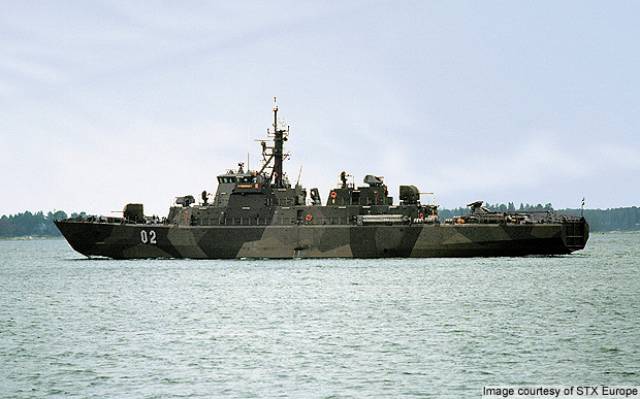#FinnishFlagship - Finnish Navy flagship FNS Hämeenmaa will be visiting Dublin Port as part of celebrations to mark the centenary year of the Nordic nation’s independence, writes Jehan Ashmore.
The visit of the minelayer flagship to the capital this week (24th-27th May) is to follow the Finnish Navy´s annual training exercises held in the Baltic Sea, North Sea and the Atlantic.
There will be a unique opportunity to visit the Finnish Naval ship as an ‘open ship’ event is organised for this Wednesday, May 24th between 17.00 and 18.30. The flagship will be docked at Sir John Rogerson's Quay.
The Finnish Navy has bases in Turku, Kirkkonummi, Raseborg and the capital, Helsinki with a combined crew of around 1400. The theme of the Finnish Defence Forces' Finland 100 Jubilee Year is National defence is everybody's business.
FNS Hämeenmaa is the leadship of her namesake class of a pair of 77m minelayers, the sister is FNS Uusimaa. The flagship which has a crew of 60 was built in 1992 by Finnyards, Rauma in south-west Finland. Only last year the 1,300 displacement minelayer was modernised. The yard is currently under ownership of STX Finland Cruise Oy.
Both minelayers during the mid 2000's underwent a major upgrade at Aker Finnyards (now part of STX) that had yards in Rauma, Turku and Helsinki. The Aker group was contracted by ICG parent company of Irish Ferries, to build the cruiseferry Ulysses. The Irish Ferries flagship entered the Welsh service to Holyhead in 2001.































































